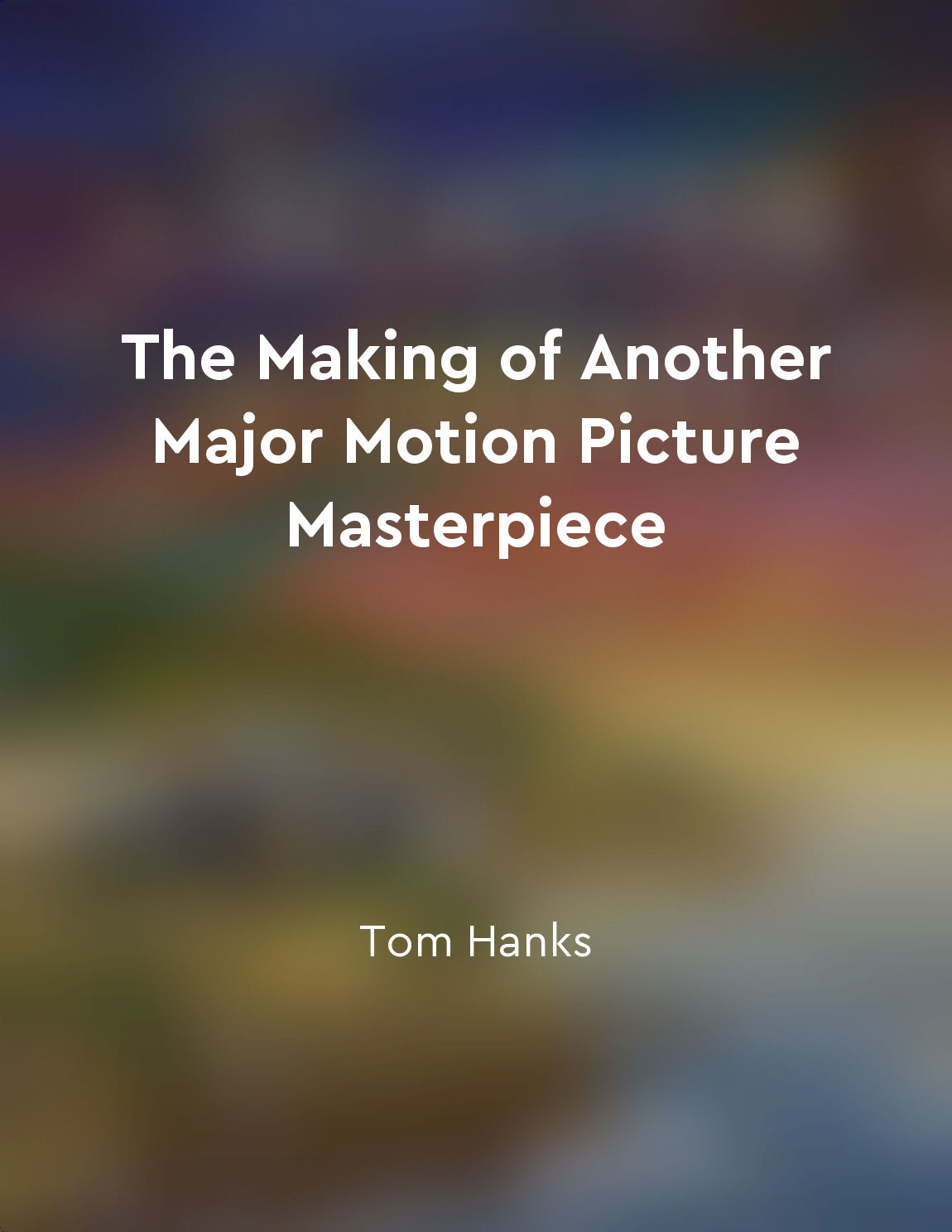Find ways to create depth in your photographs from "summary" of Learning to See Creatively by Bryan Peterson
To create depth in your photographs, you must understand that depth is a three-dimensional element that can be suggested in a two-dimensional medium such as photography. One way to achieve this is by using a wide-angle lens and getting close to your subject, which will allow you to create a sense of scale and dimension in your images. By incorporating elements in the foreground, middle ground, and background of your composition, you can create a sense of depth that draws the viewer into the scene. Another technique to create depth in your photographs is to pay attention to the use of leading lines. Leading lines are elements within a composition that guide the viewer's eye through the image, creating a sense of depth and perspective. By incorporating diagonal lines, curves, or converging lines in your composition, you can create a sense of movement and depth that adds interest to your photographs. Lighting is also a crucial element in creating depth in your photographs. By using light and shadow effectively, you can create a sense of depth and dimension in your images. Pay attention to the direction of light and how it falls on your subject, as this can create highlights and shadows that add depth and texture to your photographs. By experimenting with different lighting techniques, such as side lighting or backlighting, you can create a sense of depth that adds visual interest to your images. Composition is key to creating depth in your photographs. By carefully arranging the elements within your frame, you can create a sense of depth that draws the viewer into the scene. Consider using the rule of thirds, leading lines, and framing techniques to create a sense of depth and perspective in your compositions. By paying attention to the placement of elements within your frame, you can create a sense of scale and dimension that adds interest to your photographs.Similar Posts

The book celebrates the dedication and talent of the cast and crew who brought J.K. Rowling's vision to life
Within the pages of 'Harry Potter Film Wizardry', the incredible dedication and talent of the cast and crew who worked tireless...
Visualization can create a sense of alignment with the universe
When we engage in the practice of visualization, we are essentially using our imagination to create mental images of the outcom...

The power of music in enhancing storytelling
Music has a remarkable ability to elevate storytelling to new heights. It has the power to evoke emotions, set the tone, and en...
The artist's creative process is influenced by cultural factors
The artist's creative process, as it unfolds in the art they produce, is never solely a matter of individual talent or imaginat...
Timeconsciousness shapes our experience
Timeconsciousness plays a fundamental role in shaping our experience of the world. It is through our awareness of time that we ...
Simplicity in art can convey complex ideas
The power of simplicity in art lies in its ability to distill complex ideas into their most basic forms. By stripping away extr...
The experience of beauty is deeply personal
The experience of beauty is a deeply personal one, as it is subjective and varies from person to person. Each individual has th...
Introduction to art and culture
Art and culture are essential aspects of society that reflect the values, beliefs, and traditions of a community. They encompas...
Leonardo was a visionary ahead of his time, imagining possibilities that others could not fathom
In Leonardo da Vinci's mind, the boundaries between art and science were porous. He saw no distinction between the disciplines,...
Stay curious and keep learning
Curiosity is the spark that ignites creativity. It is the driving force behind innovation and progress. When we stay curious, w...
